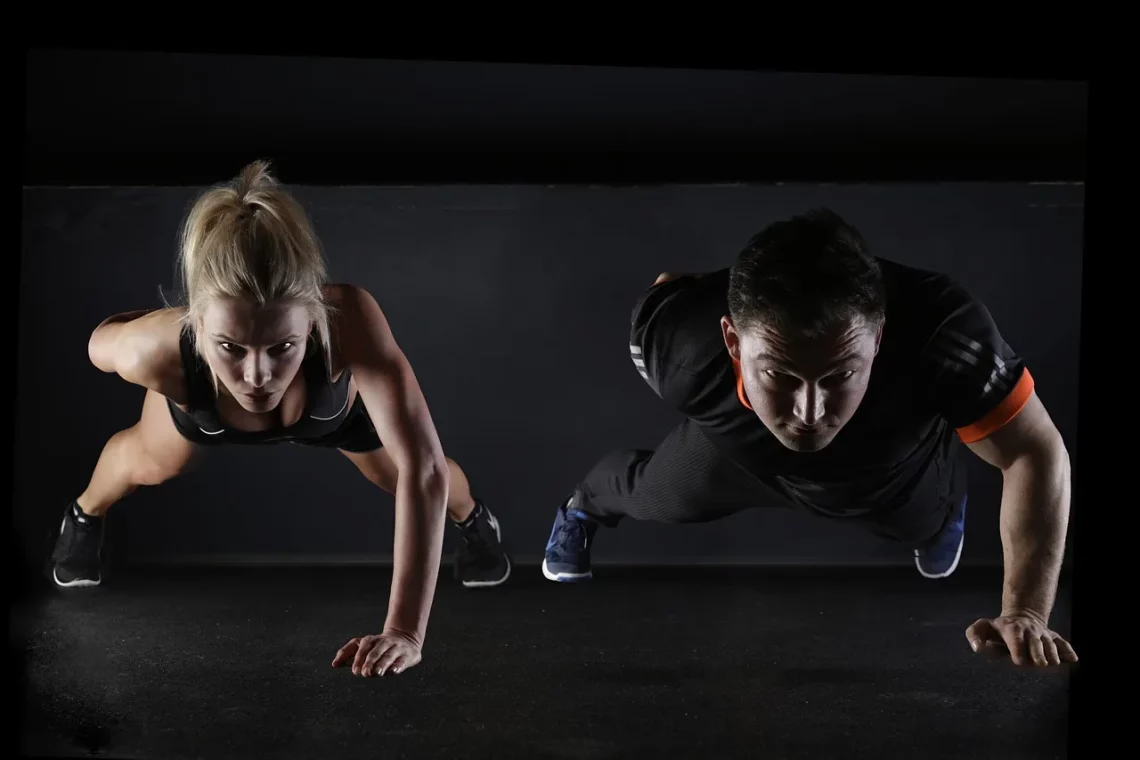
Maximize Your Gains: Effective Arm Machines at the Gym
Building strength and muscle definition in the arms is an essential goal for many fitness enthusiasts. Whether you are a novice or an experienced gym-goer, understanding how to effectively utilize arm machines can significantly enhance your workout routine. With the right equipment, you can target your biceps, triceps, and forearms with precision, leading to improved strength, aesthetics, and overall upper body functionality.
Arm machines are designed to isolate specific muscle groups, allowing for focused training without the need for a spotter or complex techniques. These machines often come with adjustable weights, making them suitable for individuals at varying levels of fitness. They provide a stable environment for performing exercises safely, which is particularly beneficial for those who may be recovering from an injury or are new to weight training.
In a gym setting, the vast array of options can be overwhelming. However, familiarizing yourself with the various arm machines and understanding their unique benefits can help you maximize your gains. As you embark on your fitness journey, learning how to incorporate these machines into your routine can lead to substantial progress in your arm development.
Understanding Different Types of Arm Machines
When it comes to arm machines, there are several types designed for different muscle groups. Primarily, you will encounter machines that focus on biceps, triceps, and forearm muscles. Understanding the function of each type can help you create a balanced workout routine.
The bicep curl machine is one of the most common types found in gyms. This machine allows you to perform curls while seated, providing support for your back and arms. It isolates the biceps effectively, which is crucial for muscle growth. By adjusting the seat height and the weight, you can target your biceps with precision, ensuring optimal engagement during the exercise.
Another popular machine is the tricep extension machine. This equipment is designed to tone and strengthen the triceps, which are often neglected in favor of bicep training. The machine typically allows for both seated and standing positions, providing options for varying your workout. By using the tricep extension machine, you can effectively work on building the back of your arms, which contributes to a more balanced upper body.
Forearm machines are less common but equally important for a comprehensive arm workout. These machines often focus on wrist curls and reverse wrist curls, targeting the flexor and extensor muscles of the forearms. Strong forearms are essential for grip strength, which is beneficial not only in lifting but also in daily activities.
In addition to these specific machines, some gyms may offer multifunctional machines that allow you to perform various exercises targeting multiple muscle groups. These machines are versatile and can help you save time while maximizing your workout efficiency.
Proper Form and Technique for Maximum Gains
Utilizing arm machines effectively requires an understanding of proper form and technique. This not only ensures that you target the intended muscle groups but also minimizes the risk of injury. Good form is essential for maximizing your gains and getting the most out of your workout.
To begin with, always adjust the machine to suit your body. This includes setting the seat height, backrest angle, and weight according to your comfort and strength level. Proper alignment is crucial; for instance, when using a bicep curl machine, your elbows should remain stationary throughout the movement. This ensures that the biceps are doing the work, rather than other muscle groups compensating.
When executing the movement, focus on a controlled motion. Avoid using momentum to lift the weights; instead, engage the target muscle group throughout the exercise. For instance, during a bicep curl, lift the weight slowly while squeezing the biceps at the top of the movement, then lower the weight with equal control. This eccentric phase is vital for muscle growth.
Breathing is another essential aspect of proper technique. Inhale as you lower the weight and exhale during the lifting phase. This not only provides your muscles with the oxygen they need but also helps maintain proper core stability during the exercise.
Incorporating a variety of rep ranges can also be beneficial. For strength training, aim for lower reps with heavier weights. For muscle hypertrophy, moderate weights with higher reps are more effective. Adjusting your workouts to include both types of training can lead to optimal results.
Creating a Balanced Arm Workout Routine
A balanced arm workout routine should incorporate exercises targeting all the major muscle groups within the arms. While it can be tempting to focus solely on the biceps, neglecting the triceps and forearms can lead to imbalances and hinder overall strength development.
Start your workout with compound movements that engage multiple muscle groups. For instance, consider pairing bicep curls with tricep extensions. This ensures that both the front and back of your arms are being trained effectively. You could also incorporate supersets, where you alternate between exercises for opposing muscle groups without rest. This method not only saves time but also increases workout intensity.
In addition to machine exercises, consider adding free weights and bodyweight exercises to your routine. Dumbbell curls, tricep dips, and push-ups can complement your machine workouts, providing variety and preventing plateaus.
Aim for at least two arm-focused workouts each week, allowing for adequate recovery time. Overtraining can lead to injury and hinder muscle growth, so it’s crucial to listen to your body.
Finally, don’t forget to include proper warm-up and cooldown routines. Dynamic stretching before your workout can help prepare your muscles for the strain, while static stretching afterward aids in recovery and flexibility.
Tracking Your Progress and Making Adjustments
Monitoring your progress is vital for achieving your fitness goals. Keeping a workout journal can help you track the weights you’re lifting, the number of reps, and your overall performance. This data is invaluable for making informed adjustments to your routine.
As you become stronger, gradually increase the weights on the machines. This principle of progressive overload is fundamental for muscle growth. Ensure that you are consistently challenging yourself without sacrificing form.
Additionally, don’t hesitate to mix up your routine. Trying different machines, varying your rep ranges, or incorporating new exercises can help prevent boredom and stimulate muscle adaptation.
Consider setting specific, measurable goals for yourself. Whether it’s increasing the weight you lift by a certain percentage or achieving a specific number of reps, having clear targets can keep you motivated and focused.
Lastly, remember that rest and nutrition play crucial roles in your fitness journey. Ensure you are consuming enough protein to support muscle repair and growth, and prioritize sleep for recovery.
In conclusion, arm machines can be a powerful tool in your fitness arsenal. By understanding their functions, maintaining proper form, creating a balanced workout routine, and tracking your progress, you can maximize your gains effectively.
**Disclaimer:** This article is for informational purposes only and should not be considered medical advice. Always consult a healthcare professional for medical concerns or before starting any new exercise regimen.




